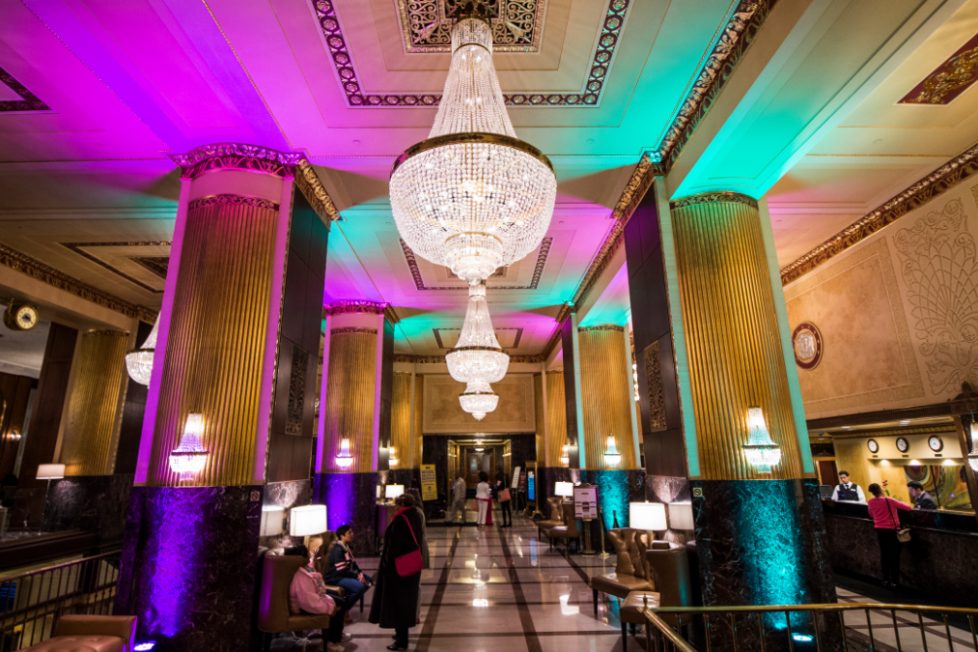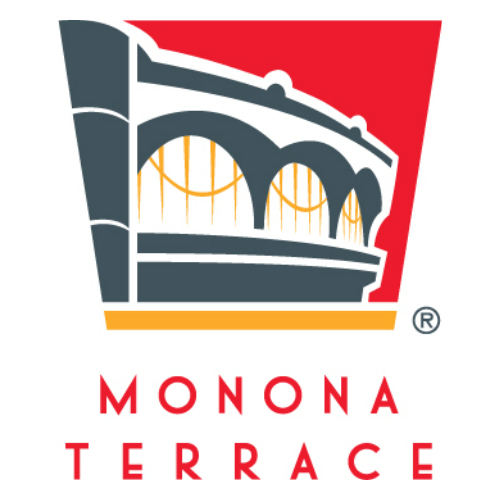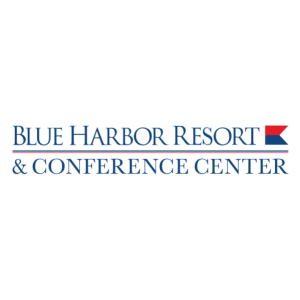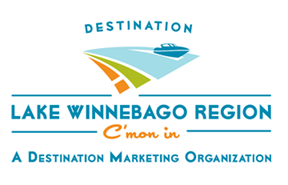7 Trends to Talk About
12/05/2022
By Ronnie Wendt | Photo courtesy ©VISIT Milwaukee
Meeting industry professionals must stay on top of industry changes and develop new strategies to emerge as winners in an ever-evolving meetings and events game. Here’s what some meeting professionals say about emerging trends for planners to focus on.
-
New Planners and New Attendees
The meeting industry was not untouched by the Great Resignation, an ongoing economic trend in which employees voluntarily resigned from their jobs en masse beginning in early 2021.
Leslie Johnson, director of sales at VISIT Milwaukee, says she sees a lot of younger planners and attendees on trade-show floors today. “We saw a lot of seasoned planners retire during the pandemic and a lot of younger planners step in to fill their place,” she says.
Younger attendees present opportunities for planners to reinvent meetings and events. For instance, Millennials, who now comprise 35% of the U.S. workforce, place a high value on face-to-face meetings if those meetings offer novel experiences they can share on social media. They will not attend meetings that offer experiences they also can get digitally.
Less experienced planners have some big shoes to fill as they meet these expectations, adds Johnson. “We lost a lot of seasoned planners and hoteliers during the pandemic, but that brings opportunities for those of us in that mid-range as we transition to a younger demographic,” she says. “It is a wonderful opportunity for people of my generation to bridge the education gap between what a seasoned planner instinctively knows and a new planner hasn’t yet experienced. We need to let them know we are here to help educate them, connect them with individuals who can help, and give them ideas that can help them execute their vision and experience.”
-
Longer Lead Times
VISIT Milwaukee’s Johnson says lead times remain shorter than ever, a trend she expects to continue as people get accustomed to meeting again. But, she says, it’s a trend that won’t last. “We are seeing some leads that haven’t found a home for a meeting or event in 2023,” she says. “There is a lot of short-term activity to be aware of.”
However, she cautions planners not to work on tighter timeframes, thinking this is the new normal. Longer lead times are coming back and, as they do, it will become harder to secure space within shortened lead times. “Planners now look to book out as far out as 2027, which is great,” she says. “There was a time when everything was extremely short term and we weren’t seeing any volume at all.”
-
Make It Memorable
Meeting hesitancy has driven up requirements to make meetings more memorable than ever before, adds Kourtnee Carroll, sales manager at Kalahari Resorts & Conventions. “It’s more about the experience than the meeting,” she says. “People are looking for different entertainment and a fun, full experience.”
Attendees now expect events to deliver unique experiences they cannot get anywhere else. A behind-the-scenes tour of a unique attraction, a VIP dinner or reception at an exclusive venue, or a personal meeting with a local subject matter expert are all things attendees feel fulfilled by, according to Carroll.
The experiential trend includes building in time for attendees to get out and explore, adds Johnson. “Milwaukee has an amazing lakefront, and too often, attendees never take the time to explore it,” she says. “We encourage attendees to explore the city, so they get more than just what the convention offers.”
“The meeting is important, but people want time to explore,” she adds. “They want to go out and experience the city. That is more front of mind for planners than before,” she says. “We recently had a group host a reception and tour at America’s Black Holocaust Museum. We put together a shopping and food map of the neighborhood for the group to use after the reception.”
-
City Support
More planners want to speak with city officials before bringing their event to a city, according to Johnson. She explains COVID-19 taught them not every city was receptive to meetings and conventions. “Some cities were shut down for a very long time and planners put in a lot of work rebooking their events,” she says. “Planners noticed some cities are incredibly supportive of events, while others are not. Planners now want to meet with city officials to gauge their support of tourism and events.”
Increases in violent crimes and social unrest in urban areas also have led to this trend, she adds, noting planners want to know how the city plans to keep attendees safe. “They want to know that they have the support of the police and fire departments, and to learn how they will keep them safe,” she says. “The unrest of the last couple of years impacts attendees and planners have to take that into consideration.”
-
Make It Personal
Personalization is also a trend for planners to focus on. Johnson suggests getting creative and personalizing the experience from the time attendees arrive. This means, when they step off the plane, they are greeted with welcome banners. As they taxi to their hotel, they see billboards welcoming them. When they flip on their hotel TV, there is a welcome ad.
“Even doing simple things like printed menus with their names on them or a cocktail menu that ties in fun facts about their organization make attendees feel recognized and welcome,” she says. “Put window clings on city windows or the organization’s colors in retail windows … it’s a way to show we are welcoming them into our city.”
-
Fantastic Food
Chef-carved alligator, themed food trucks or hometown barbecue are all in season with food and beverage, notes Carroll.
“We get a lot of requests for creative and different food,” she says. “We recently did chef-carved alligator. People visit the Kalahari for a unique experience. They don’t just want banquet food. And our chefs are ready to do some really creative and fun stuff.”
Meeting unique dietary requests is now an expectation rather than a request, Carroll adds. “We are not getting as many requests for gluten-free food as we used to, but we still get them, as well as requests for vegan, Keto or other dietary restrictions. We are happy to accommodate.”
Furthermore, Johnson stresses more people want to dine on locally sourced foods. “Planners want that local flair,” she says. “They want local ingredients and food produced by local vendors.”
More than ever before, planners are budget conscious about F&B, adds Johnson. With rising costs and food shortages, it’s essential that planners monitor what’s happening with the food economy and know how it impacts their hotel partners, she says. “They need to be honest and say, ‘This is my budget. What can you do for me?’” she says. “Then restaurants can look for options that fit best within that budget.”
-
Right-Sized Technology
Some virtual meetings may only require a Zoom link vs. a huge online platform, or a simple audiovisual setup vs. one that also offers live video streaming and other functionality. A tremendous change with technology, adds Johnson, is a pivot away from virtual and hybrid events. “We just asked our advisory council about hybrid meetings and planners are saying they want to move away from them,” she says. “I don’t think people always understand the costs of a hybrid event. We are seeing more people record events and share the recordings afterward with those who couldn’t attend in person.”
The rules of the game for meetings and events are constantly changing. But a focus on these seven trends can help planners knock their next meeting out of the park.











